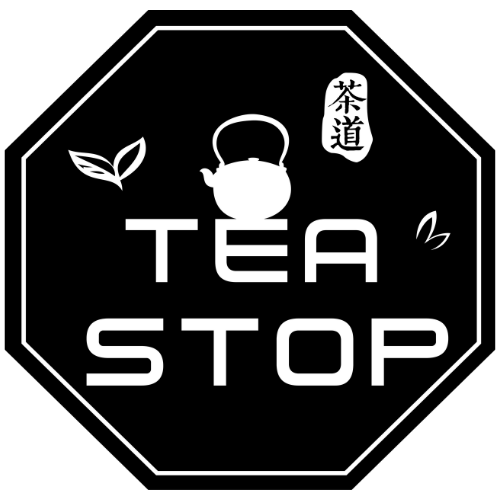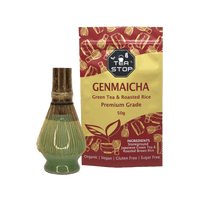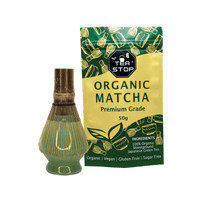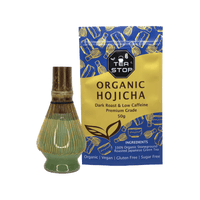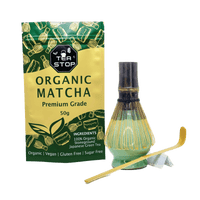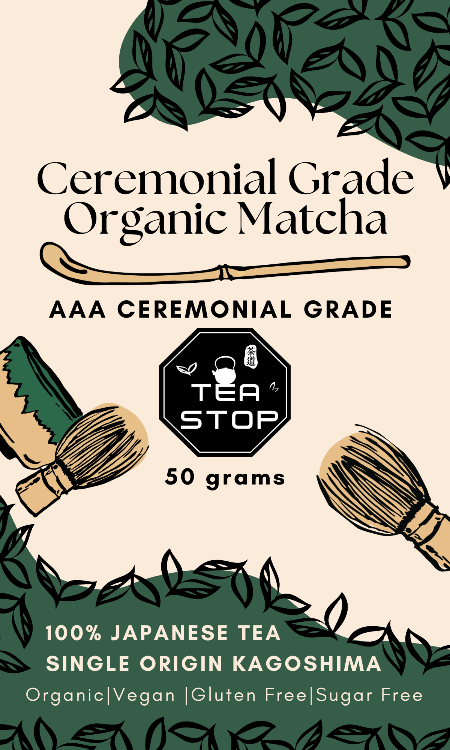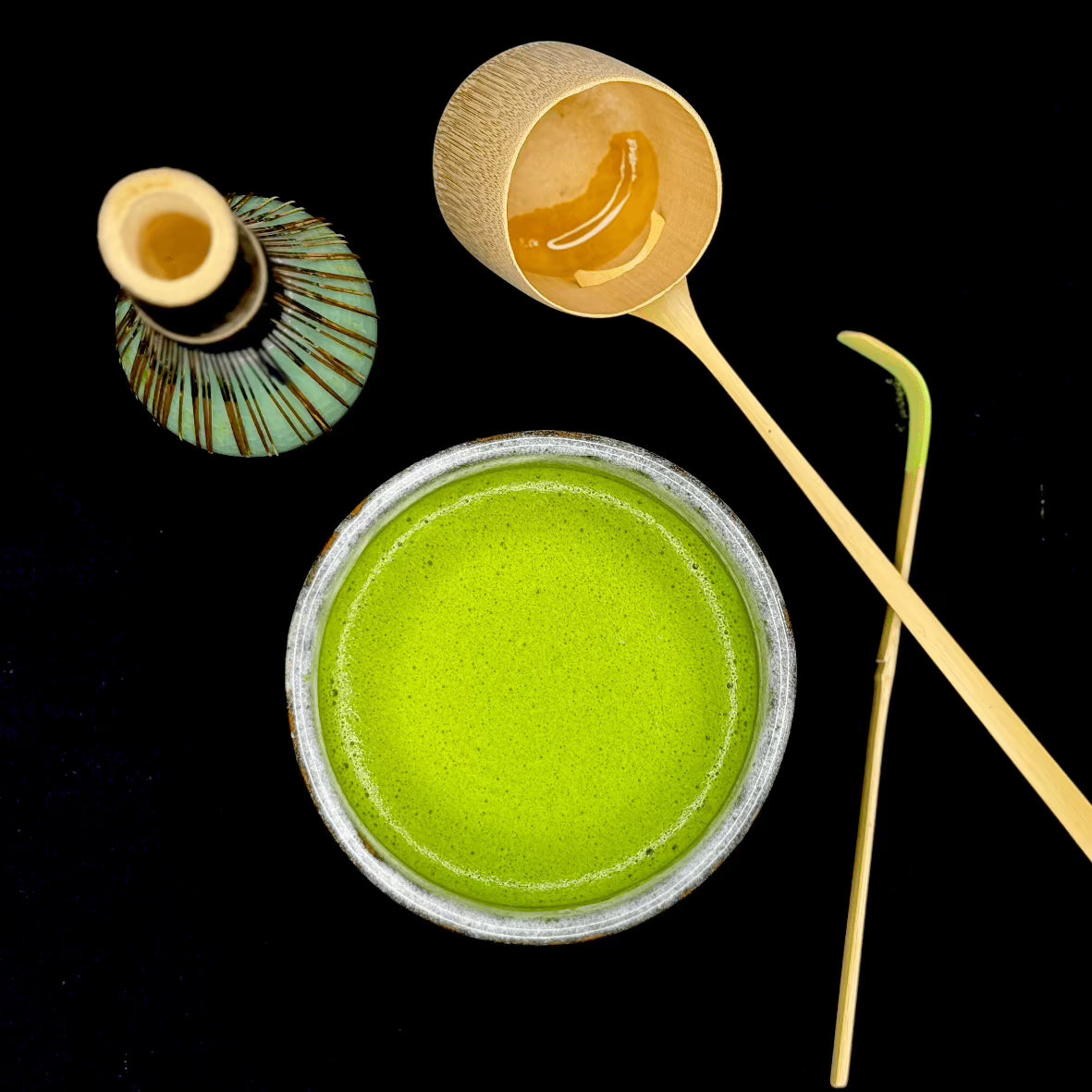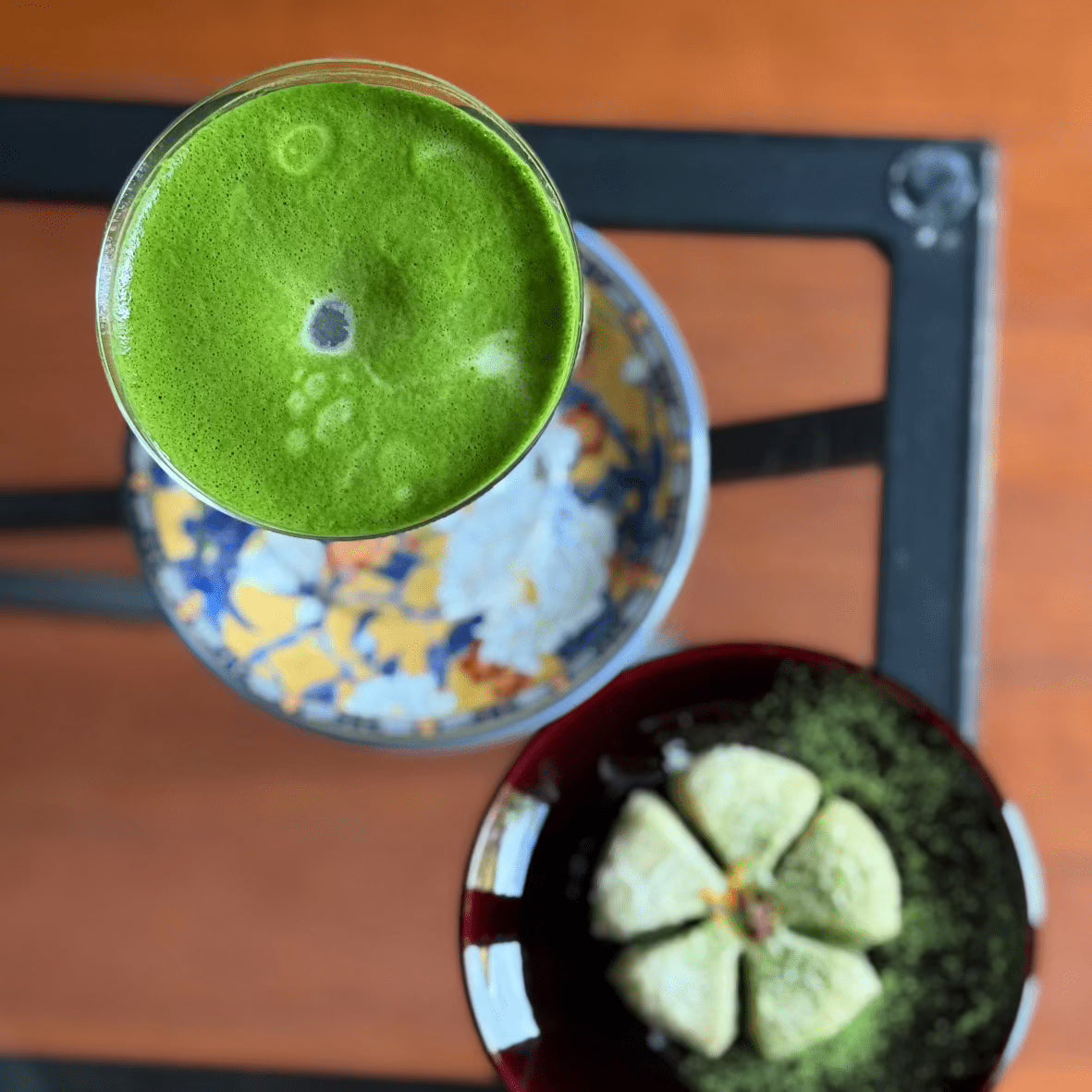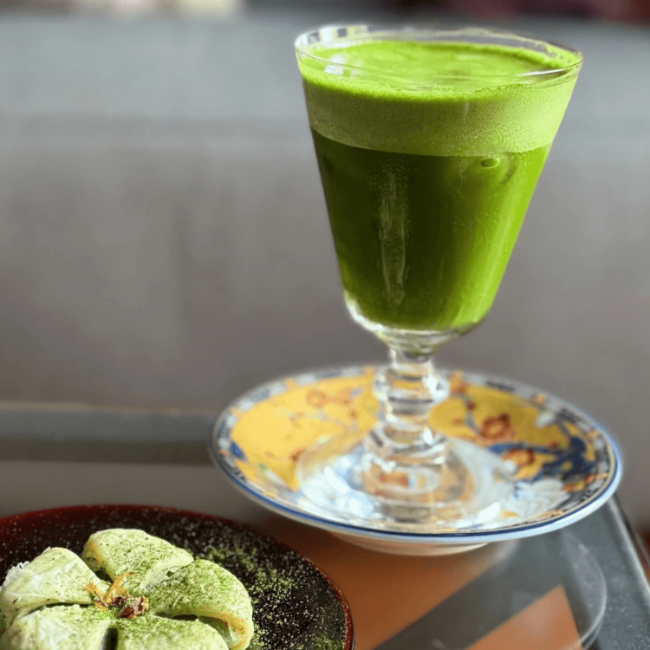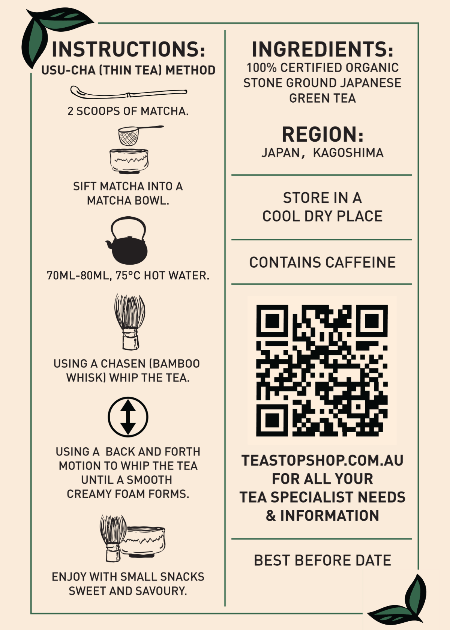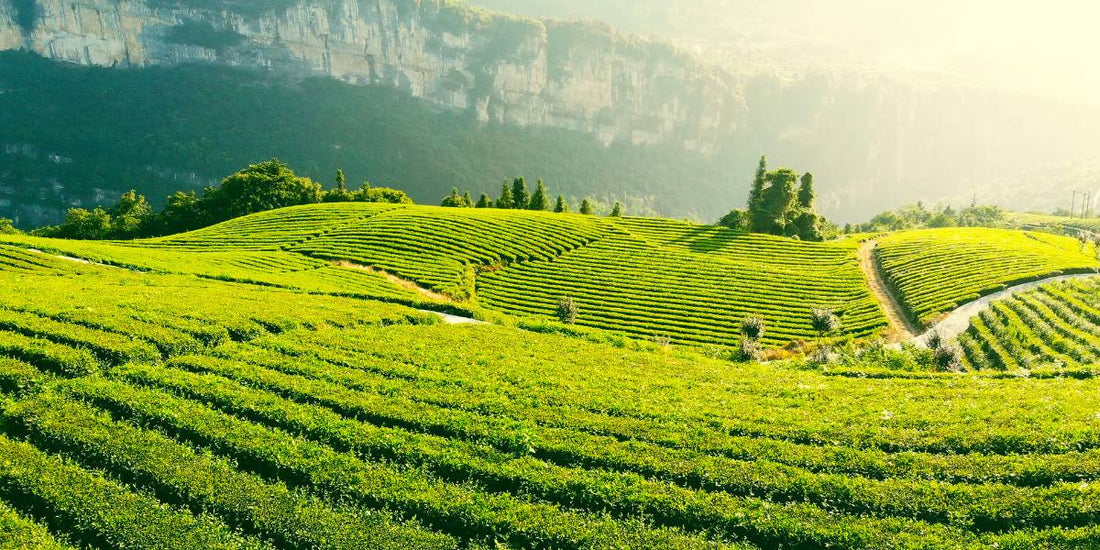
The Best Australian Loose Leaf Teas You Can't Miss
Share
Australian Loose Leaf Tea Introduction
Loose leaf tea, a popular choice among tea enthusiasts, especially in Australia, offers a more authentic and flavorful experience compared to its bagged counterpart. As the preference for Australian loose leaf tea grows, understanding its journey from farm to cup becomes essential.
This journey is not just about flavor; it encompasses sustainability and quality. Tracing this path highlights the efforts in cultivating tea sustainably and ensuring high-quality standards are met. These factors resonate deeply with consumers who value eco-friendly practices and premium products.
In this article, we will explore the intricate processes involved in bringing loose leaf tea from Australian farms to your cup. We will also emphasize how these elements contribute to the rich tapestry of flavors and experiences enjoyed by many. Additionally, we will discuss the importance of sustainability in ensuring that each cup not only delights the senses but also supports responsible production methods that benefit both communities and the environment.

The Growing Market for Loose Leaf Tea in Australia
Australia's tea scene is changing, with more people choosing loose leaf tea instead of regular bagged tea. This change is happening because consumers want a more genuine and tasty experience. Loose leaf tea allows them to discover finer flavors and scents, making their tea-drinking experience richer and more personal.
Trends in Tea Consumption
Here are some key trends driving the growth of loose leaf tea in Australia:
1. Consumer Preferences
Australians are increasingly leaning towards quality and authenticity, factors that are often associated with loose leaf teas.
2. Organic Tea
The demand for organic products is on the rise as health-conscious consumers seek out teas that are free from pesticides and chemical fertilizers.
3. Premium Products
Interest in premium and specialty teas has surged, with consumers willing to invest in higher-quality products that promise superior taste and ethical production practices.
These trends highlight a broader movement towards sustainability and wellness within the market. The growing emphasis on organic and ethically sourced products underscores the importance of both environmental stewardship and personal health in contemporary consumer preferences. As more Australians embrace the loose leaf tea market, opportunities abound for brands to innovate with unique blends and sustainable practices.
Tea Production in Australia
Australia's diverse climate provides a unique backdrop for cultivating various types of tea, including black, green, and white teas. The ideal conditions for tea cultivation typically require a mild climate with ample rainfall and well-drained acidic soils. Regions such as northern New South Wales and Victoria have emerged as prime locations for tea farms due to their favorable environmental conditions. These areas offer the perfect blend of sunlight, temperature, and humidity needed to nurture high-quality tea leaves.
Types of Tea Produced in Australia
Australian tea farms often produce:
- Black tea: Known for its robust flavor and rich color.
- Green tea: Cherished for its delicate taste and numerous health benefits.
- White tea: Less processed than its counterparts, prized for its subtlety and sophistication.
Each type of tea benefits from the region’s unique terroir, influencing their distinct flavors and aromas.
Cultivation Methods
The methods used in cultivating these teas vary between traditional practices and modern innovations:
- Traditional methods: Focus on manual labor-intensive techniques like hand-picking tea leaves, which many argue preserve the integrity and quality of the leaves.
- Modern methods: May incorporate mechanization to increase efficiency and production scale.
Sustainability Efforts
Sustainability is becoming a focal point in both traditional and modern cultivation practices. Many Australian tea farms are adopting eco-friendly practices to minimize their environmental impact while maintaining high-quality production standards. This includes implementing organic farming techniques that avoid synthetic fertilizers or pesticides, thereby promoting biodiversity and soil health.
Recognizing these efforts illuminates how Australian climate conditions combined with innovative cultivation practices contribute to the vibrant landscape of local tea production.

Notable Australian Tea Farms
Australia is home to a number of innovative tea farms that are making significant strides in the production of high-quality loose leaf teas. Noteworthy among these are Tea Tonic and Love Tea, two local producers committed to sustainable practices and organic farming.
1. Tea Tonic: Pioneering Organic Herbal Teas
Tea Tonic stands out as a pioneer in the Australian tea industry. Founded by herbalist Lisa Hilbert, this farm emphasizes the use of certified organic ingredients, ensuring that every cup is free from artificial additives. They focus on the health benefits of their teas, offering blends that support wellbeing. Their dedication extends beyond just quality products; they also engage in fair trading practices, contributing positively to the communities involved in their supply chain.
2. Love Tea: Blending Organic Tea with Holistic Health
Another key player, Love Tea, was established with a vision to blend organic tea with holistic health. Known for their ethically sourced ingredients, Love Tea collaborates closely with small-scale cooperatives and growers around the world. This approach not only supports sustainable agriculture but also strengthens local economies. Their commitment to eco-friendly packaging further demonstrates their focus on sustainability, reducing environmental impact while delivering exceptional products.
Both Tea Tonic and Love Tea exemplify how Australian tea farms are integrating traditional values with modern sustainability practices. Through their efforts, they significantly contribute to local communities by providing employment opportunities and supporting regional development.
These producers highlight the growing trend towards organic and ethically sourced teas within Australia, setting a benchmark for quality and responsibility in the loose leaf tea market. The journey from farm to cup becomes an experience rooted in respect for nature and community wellbeing.
The Supply Chain of Loose Leaf Tea
The supply chain of Australian loose leaf tea involves a careful process that ensures the tea maintains its quality and authenticity from the farm to the consumer's cup.

Harvesting and Processing Methods
-
Harvesting: Skilled workers at the plantation carefully harvest tea leaves by hand or machine during specific growing seasons in Australia to capture the best flavor.
-
Withering: After harvesting, the leaves are left to wither, which reduces their moisture content and helps develop the desired texture and aroma.
-
Rolling: Once withered, the leaves are rolled to release their natural oils, which adds to the tea's unique taste.
-
Oxidation/Fermentation: Depending on whether the tea is black, green, or white, the leaves may go through oxidation. This process affects the color and intensity of the flavor.
-
Drying: Finally, drying is done to preserve the tea and stop oxidation, ensuring it stays fresh for a long time without losing quality.
Throughout these steps, maintaining high standards is crucial. Strict testing for consistent taste and absence of contaminants ensures that Australian tea production remains synonymous with excellence.
Eco-Friendly Packaging Solutions
Brands like Love Tea and Tea Tonic are leading initiatives for sustainable packaging solutions. By adopting biodegradable materials and reducing plastic use, these brands minimize environmental impact without compromising product safety.
- Love Tea utilizes recyclable packaging materials that align with their commitment to sustainability.
- Tea Tonic implements eco-friendly designs that prioritize both aesthetics and environmental responsibility.
Distribution Methods
In today’s digital age, online sales have changed how loose leaf teas reach consumers. Retailers such as The Tea Centre make it easy for people to access a wide variety of blends through their strong e-commerce platforms. This approach not only expands the market but also provides convenience for tea lovers looking for top-quality Australian teas across the country.
Additionally, tea accessories and teaware available online enhance the overall tea-drinking experience for consumers. The complex supply chain shows a combination of tradition and innovation, highlighting Australia's dedication to providing excellent loose leaf teas while also embracing sustainable practices at every level.

Health Benefits and Unique Offerings of Australian Loose Leaf Teas
Australian loose leaf teas offer a wide range of health benefits, making them a popular choice for those seeking wellness through their daily beverages. Brands like Tea Tonic have carved a niche by emphasizing health-focused blends, highlighting properties such as anti-inflammatory effects. These blends cater to consumers looking for natural remedies to support their well-being.
Wellness teas have become a staple in many households, with herbal blends gaining traction for their soothing qualities and potential health advantages. The popularity of herbal teas is not only due to their delightful flavors but also because they provide an easy way to incorporate beneficial herbs into one's diet. Ingredients such as chamomile, peppermint, and ginger are commonly found in these blends, offering calming and digestive benefits.
Australian tea producers are also embracing local flavors by incorporating native ingredients into their blends. This exploration of unique offerings showcases the diverse flora of Australia and appeals to adventurous tea drinkers eager to experience something new. Bush foods, such as lemon myrtle, wattleseed, and bush mint, lend distinctive tastes and aromas that set these teas apart from traditional options.
The interest in locally inspired teas reflects a broader consumer trend towards authenticity and regional uniqueness. Many tea enthusiasts are drawn to these products not only for their taste but also for the story they tell about Australia's rich natural heritage. As more people seek out these unique blends, there's a growing appreciation for the craftsmanship involved in creating these one-of-a-kind flavors.
Incorporating native ingredients into loose leaf teas not only supports local agriculture but also enhances the cultural connection between consumers and the land from which these plants originate. This integration of health benefits, wellness teas, and distinctive flavors makes Australian loose leaf teas a compelling choice for both regular tea drinkers and those discovering the joys of loose leaf for the first time.
Conclusion
The journey from farm to cup showcases the strong connection between nature, business, and community that defines Loose Leaf Tea Australia. The vibrant market reflects a growing appreciation for not only the taste but also the story behind each cup. As sustainability trends continue to shape consumer preferences, the future of loose leaf tea in Australia will likely see an increased emphasis on environmentally conscious practices.
Brands dedicated to eco-friendly packaging and ethical sourcing mirror the commitment to quality and sustainability. This dedication ensures that consumers can enjoy their tea with a clear conscience, knowing they support responsible practices. By prioritizing these values, the industry is poised to thrive, offering both traditional favorites and innovative blends that celebrate Australia's unique botanical heritage. The journey of Australian loose leaf teas serves as a testament to the dynamic interplay between tradition, innovation, and sustainability.

FAQs (Frequently Asked Questions)
What is loose leaf tea and why is it popular in Australia?
Loose leaf tea refers to tea that is sold in bulk rather than in pre-packaged tea bags. Its popularity in Australia has surged due to a growing appreciation for the quality and flavor that loose leaf offers, as well as a shift towards more sustainable and organic products.
What trends are influencing the loose leaf tea market in Australia?
The Australian tea consumption landscape is witnessing a significant shift, with consumers increasingly favoring loose leaf over traditional bagged tea. There is also a rising demand for organic and premium products, reflecting a broader trend towards health-conscious and sustainable living.
What types of tea are cultivated in Australia?
Australia produces several types of tea, including black, green, and white teas. The country's unique climate provides ideal conditions for cultivating these varieties, with both traditional and modern farming methods being employed to enhance quality.
Which notable Australian tea farms should I know about?
Key players in the Australian loose leaf tea market include Tea Tonic and Love Tea. Both brands are committed to organic farming practices, fair trade principles, and contribute positively to local economies and communities through their sustainable practices.
How does the supply chain of loose leaf tea work?
The supply chain of loose leaf tea involves several steps from harvesting to processing. Quality control measures are crucial during production to ensure the best flavor and health benefits. Brands like Love Tea and Tea Tonic utilize eco-friendly packaging solutions, with distribution methods including online sales through retailers such as The Tea Centre.
What health benefits do Australian loose leaf teas offer?
Australian loose leaf teas often feature health-focused blends that can provide various benefits, such as anti-inflammatory properties found in certain offerings from brands like Tea Tonic. Additionally, there is a growing interest in herbal teas made from native ingredients, which cater to consumer preferences for wellness and locally inspired flavors.
